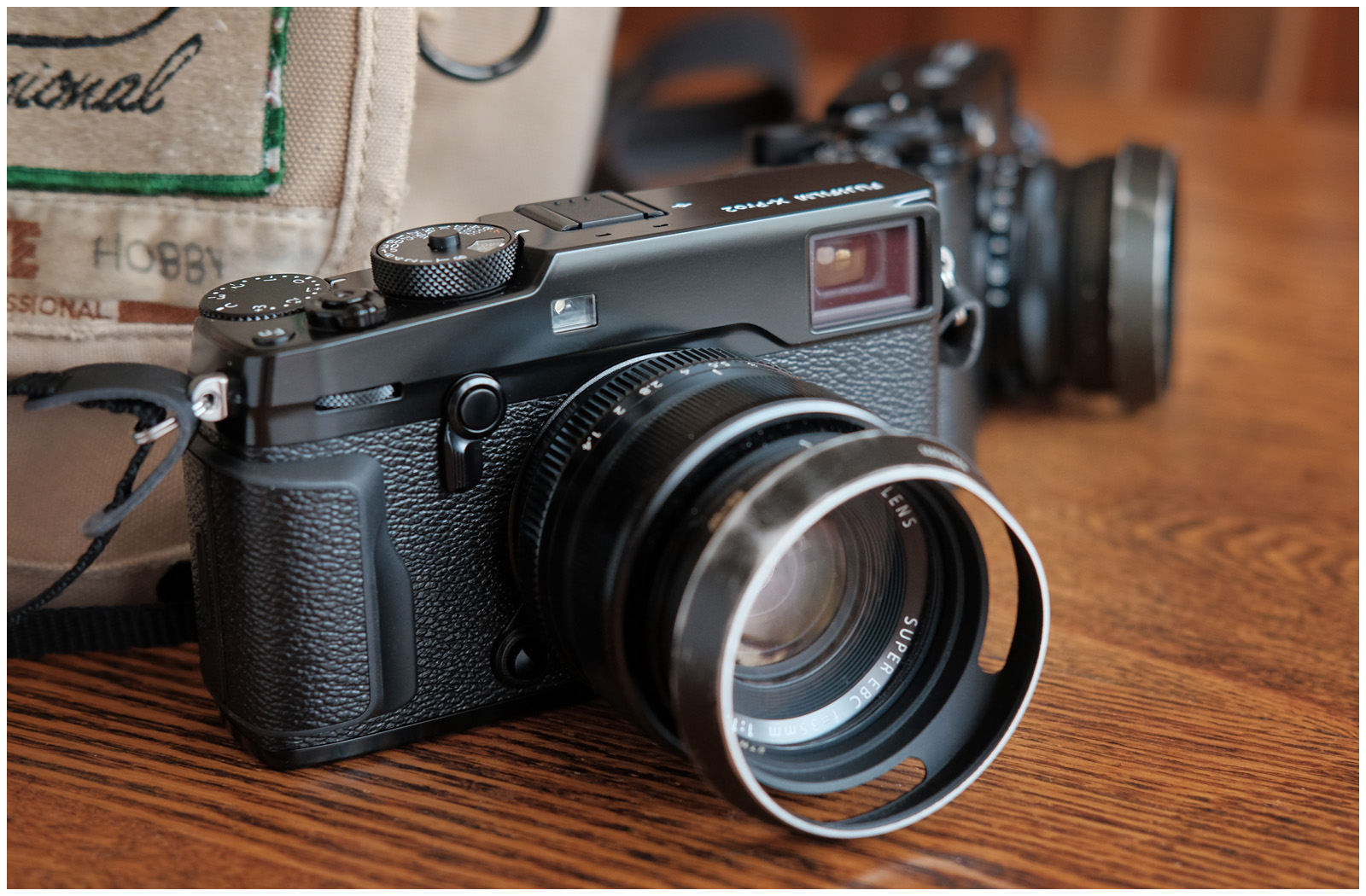
It’s the setting that I almost always use on the Fuji X100S.

#Fuji xpro 2 used pro
My first move was setting the camera to shoot RAW+JPEG and setting JPEG processing based on the film simulation PRO Neg Hi (which has very punchy blacks and high contrast). Looking up inside the Hagia Sophia © Nasim Mansurov
#Fuji xpro 2 used iso
Boost Low ISO Sensitivity: 100 (JPEG-only).Sensor: 24.3 MP (1.5x crop factor), 3.9µ pixel size.X-Pro2 + XF35mmF2 R WR 35mm, ISO 640, 1/60, f/2.0 Fujifilm X-Pro2 Specifications In contrast, Nasim used a number of different lenses such as the XF 23mm f/1.4, XF 35mm f/2, XF 56mm f/1.2 APD and XF 10-24mm f/4 OIS. For the duration of my test I kept the same lens mounted, the Fujifilm XF 56mm f/1.2, which is equivalent in field of view to approximately 85mm (crop factor is 1.5x) on full-frame. To focus on the intuitive understanding of the user experience, my test for the X-Pro2 was done without reading the manual. But we are getting off-topic and the mirrorless vs DSLR debate is something we can leave for another day – let’s jump right back to the X-Pro2.

However, if you shoot fast action such as sports and wildlife, DSLRs still reign supreme due to faster and more reliable autofocus, fewer blackouts/lags, and a wide selection of super-telephoto lenses – things mirrorless systems still have to catch up with. For shooting everything but fast action, there is little reason to go with a DSLR nowadays, especially given the fact that major DSLR manufacturers like Canon and Nikon have long given up on making small and lightweight lenses for their APS-C cameras.
#Fuji xpro 2 used professional
The Blue Mosque © Nasim Mansurov/>X-Pro2 + XF56mmF1.2 R APD 56mm, ISO 200, 1/8, f/5.6īefore moving to the X-Pro2… Can you take great pictures with mirrorless cameras? Yes! Can you use an APS-C mirrorless camera as a professional tool? Yes, definitely! Is it worth switching your whole DSLR system to a mirrorless one? It all depends on what you are planning to use the camera for. The reason I continue to be in love with this brand is related to how much I appreciate working with their products (both analog and digital!)… even if they really disappointed me with the cancellation of the production of FP-100P cartridge films (the wound still hurts). Let me openly disclose something: I am a loyal Fuji user and my Fuji X100S has long been the closest thing to a security blanket (I call it my Linus) I have ever had. FujiFilm X-Pro2 in Venice, Italy © Simone Conti Since Nasim also had some thoughts to share with PL readers after using the camera for a few months, we decided to combine our efforts into a single review. Last Christmas, an amazing gift from FujiFilm Italia gave me the opportunity to experience the Fuji X-Pro2.

After a long wait, Fuji finally revealed the much-anticipated X-Pro2 that many photo enthusiasts and professionals have been waiting for. That level of commitment did not go unnoticed by the photography community, creating a large and loyal Fuji fan base. And although Fuji released a bunch of new X-series cameras, the X-Pro1 continued to receive firmware feature upgrades for another 4 years, something no other manufacturer has done in the past. Within a year, the X-Pro1 was transformed into a whole different camera – major firmware issues were taken care of and the AF system became much more polished and reliable.įuji decided not to leave its original customers behind, letting them get the latest and greatest through “Kaizen” firmware upgrades. But despite the negative reactions, Fuji did not give up, since it wanted to make the X system successful at all costs.
#Fuji xpro 2 used full
It was a pretty rough ride for Fuji since the system looked very appealing and yet the initial feedback and reviews indicated that the camera was full of bugs and autofocus issues. It is hard to believe that it has been five years since Fuji first announced its mirrorless X system with the launch of the Fuji X-Pro1, along with the first three lenses.


 0 kommentar(er)
0 kommentar(er)
